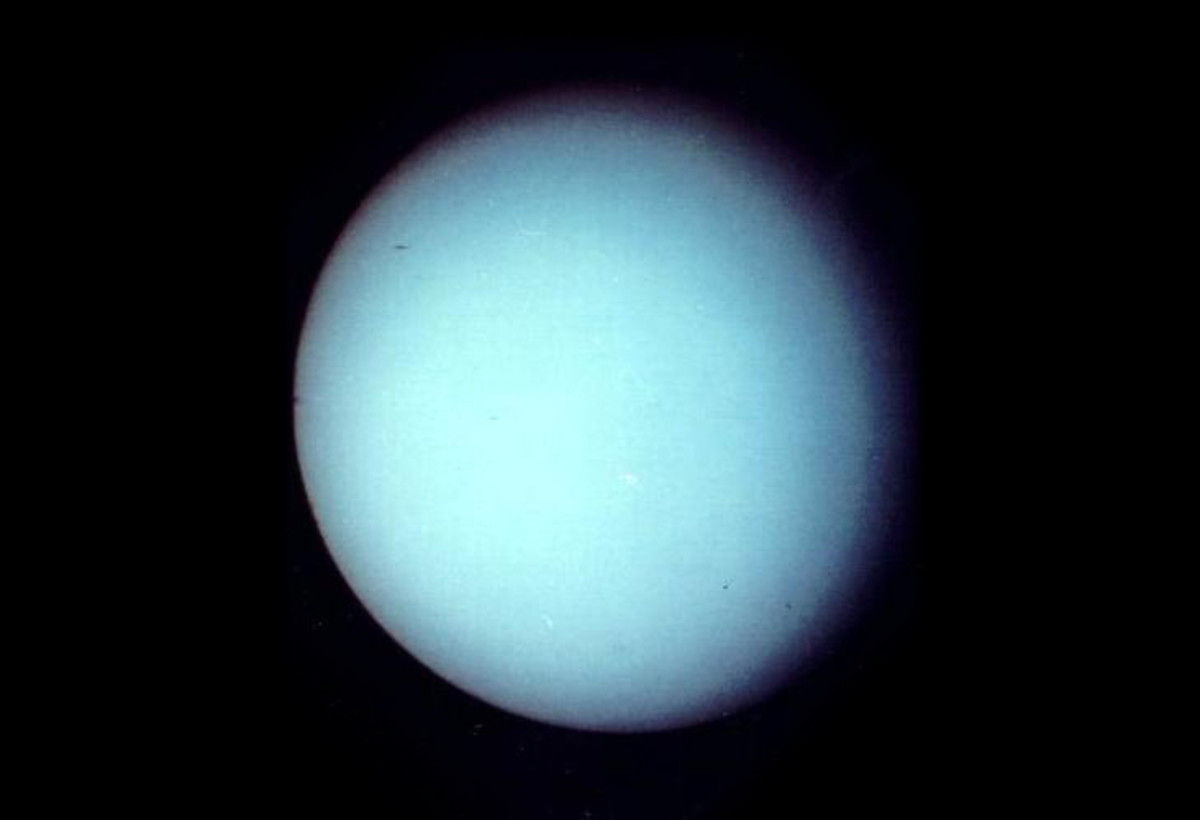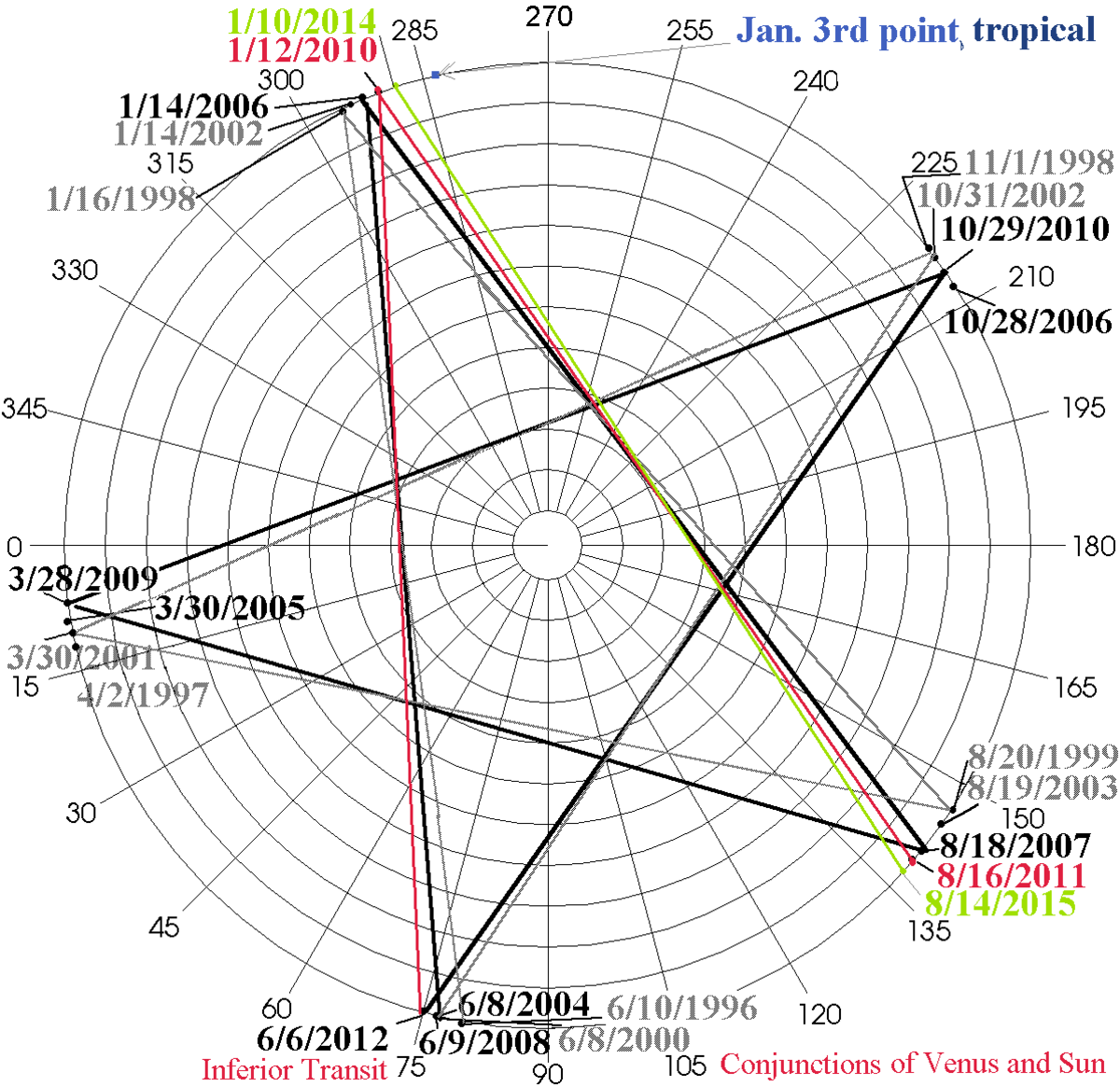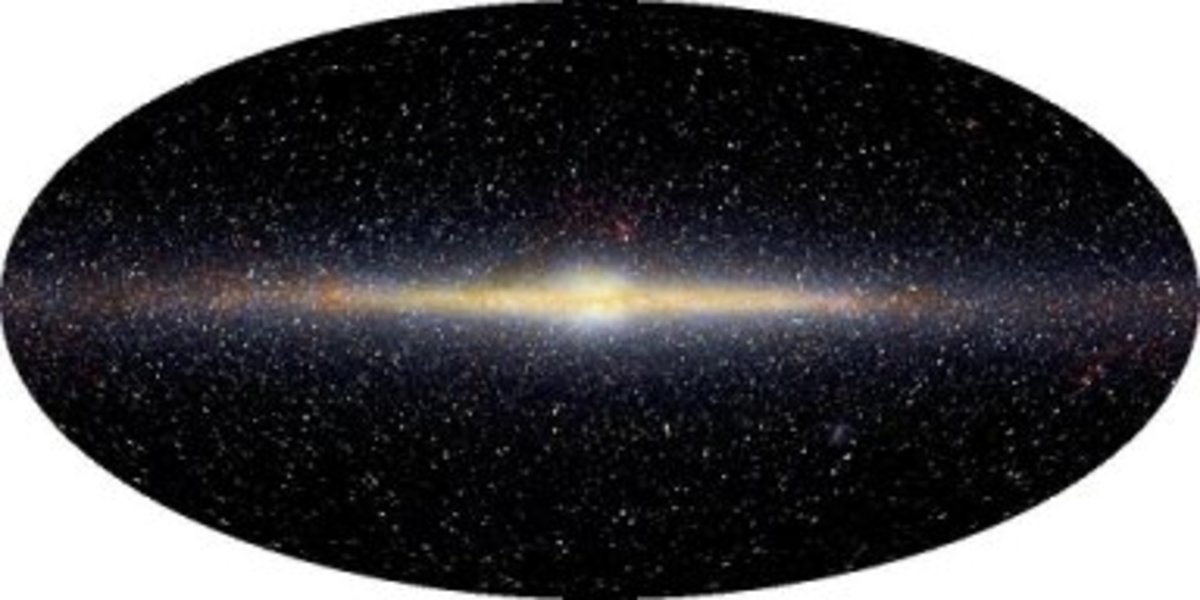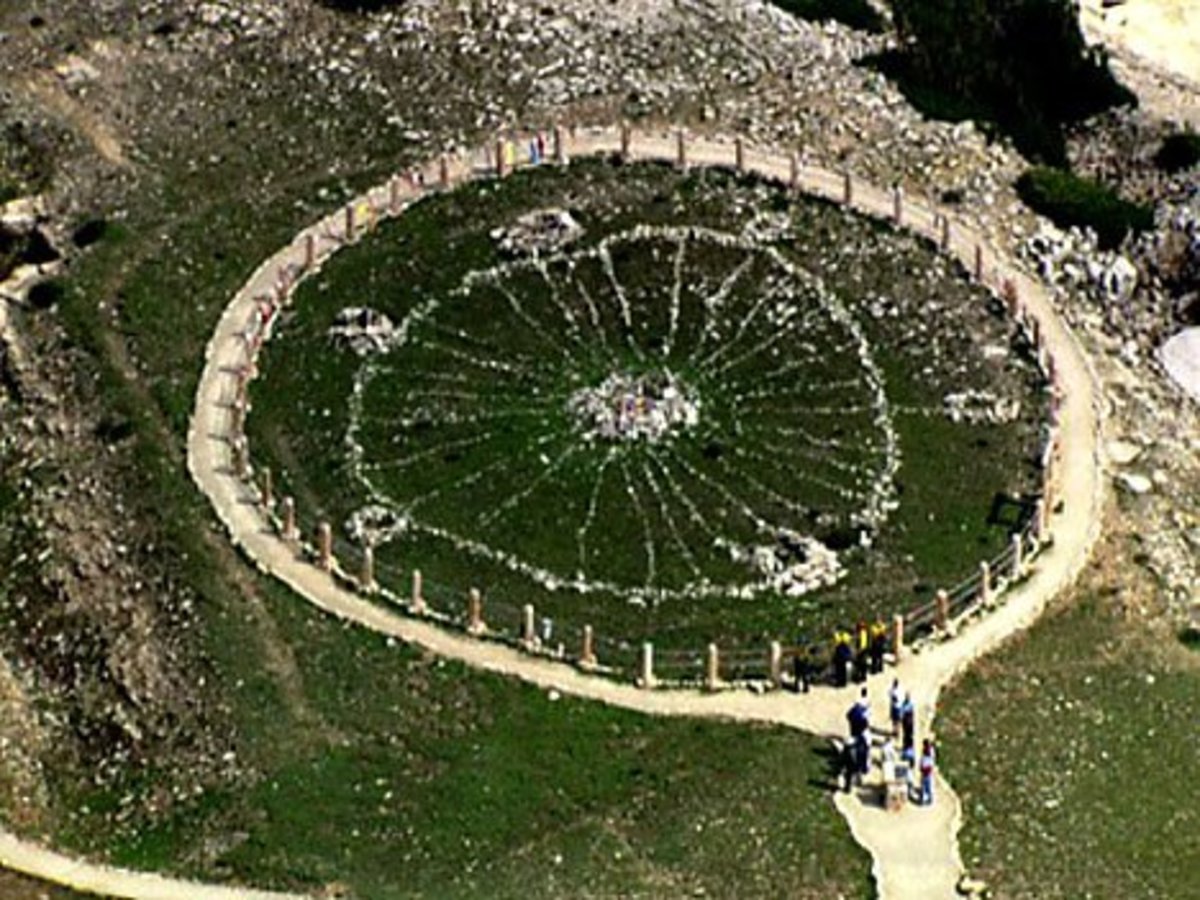Interesting facts about Venus
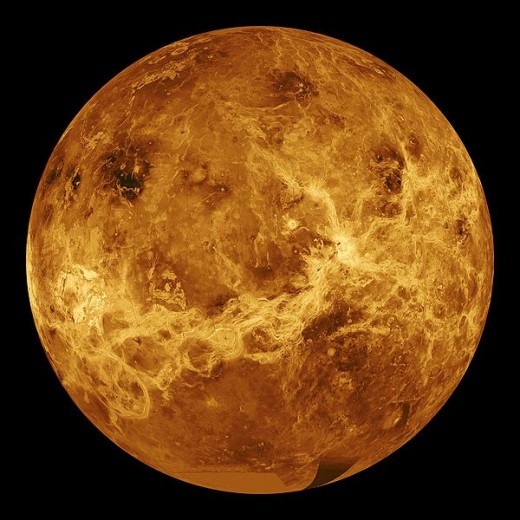
Venus is the second planet of the Solar System. The Romans named this planet after their goddess of love and beauty. The primary reason for this is due to its glorious shine in the evening and morning sky where it is visible to the naked eye. Venus is also the brightest planet in the Solar System and this brightness is produced from the dense cloud cover which is a significant reflector of light.
This beautiful planet orbits the every 224.7 days at a distance varying between 0.72 and 0.73 astronomical units, this is the estimated distance between the Sun and the Earth which equals 149,597,870,691 kilometres (92.955,807,273 miles). The planet is so bright that is can often be seen during the Earth’s daylight hours, which makes it a celestial body along with the Sun and the Moon. Venus is more adjacent to the Sun than the Earth, and for stargazers to actually view it, they must search for the planet in the direction of the Sun. It is best to viewed in the hours of dawn and dusk because it has a higher visibility that in its partner inner planet.
The History of its Orbit
Venus has been a renowned planet for many centuries and several people in the ancient times have been observing the orbit of this planet and also recording the details. There is even a 21 year old record of Venus which was found in an ancient Babylonian library, and was believed to date back in 1600BC. The Mayan people in Central America also observed the movement of this planet and they honoured the planet as their ‘Great Star’ over one synodic period (the period between new moons in successive order), which is basically the time it takes a planet to reappear in the same spot in the sky. In the year 1610, Galileo Galilei first noted these phases too, which seemed to vindicate Copernicus’s theory that the Sun was at the centre of the Solar System and not the Earth.
The Journey and Movement of Venus
Planet Venus usually passes above or below the Sun. Rarely, when both Earth’s and Venus’s orbital planes cross (which is a very rare sight), the transit of Venus across the Sun, can be observed. The similar situation occurs as with a solar eclipse of the Earth by the Moon, however, Venus is a lot farther way than the Moon and the effect is far less defined. A tiny outline of Venus can be seen traversing the Sun instead, and this kind of transit is a rare occasion and people are very fortunate to see this sighting. These sightings occur in pairs and difference is over a hundred years between each couplet. The last transit was in the year 2004 and before that is was in 1874 and 1882 in pairs. The partner to the 2004 transit was expected on the evening of the 5th June in 2012, and was thought to be best observed from the Pacific Ocean.
The Atmosphere of Venus
Scientists and astronomers referred the planet Venus as the sister planet of Earth. This may be because they are both closest neighbours in the Solar System and also they are almost identical it terms of size. Not only that, both planets have similar diameters, surface areas, volumes and also masses. The fact that planet Venus cannot be seen beneath the cloud cover, many astronomers in history believed the planet had qualities and similarities of Earth and may had forests, oceans, vegetations and even life forms, but has not been proven 100 percent. The average temperature of the surface of Venus is believed to be around 400 to 500 degrees Celsius. These fierce temperatures could melt lead, and therefore it was impossible for the planet to sustain plant or any forms of life. This may be one form of evidence that vegetation or life did not exist millions of years ago, but still debatable. In the recent years, NASA and Soviet space probes done more research and planned details on the atmosphere of Venus. They have indicated that Venus was made up of 90 percent carbon dioxide. Generally, Venus is being heated like a greenhouse and its high temperature cannot be defined precisely.
What exactly is the Cloud Cover on Venus?
Venus has extreme surface temperatures, but the layer of clouds which obstruct the surface of Venus, produce much higher up in the atmosphere compared to the clouds of Earth. This makes it difficult for astronomers to view and take snapshots of the surface of Venus. Most of these clouds on Venus form in a belt between 45 kilometres to 65 kilometres and right above the surface, while the Earth clouds reach much higher that 10 kilometres. The clouds on Venus is made up mostly of sulphuric compounds which are moved very swiftly round the planet by fast and strong winds of up to 300 kilometres an hour. Venus also experiences rainfall, and the rain consists of sulphuric acid and not like the Earth’s rainfall. This sort of rain is highly corrosive when it falls on land, but may evaporate due to hot temperatures before it hits the surface.
Other Facts on Venus
- Venus was discovered by the ancient civilization, but specifically unknown by who’ve discovered it first.
- The date of discovery is also unknown and lost in history. Such dates on many sources are unconfirmed.
- The average distance of Venus from the Earth is 38,150,900 million kilometres
- The average distance of Venus from the Sun is 108,208,930 million kilometres
- The average speed which Venus orbits the Sun is around 35 kilometres per second
- The diameter of Venus is 12,104 kilometres (Earth is 12,756)
- The circumference of Venus is 38,025 kilometres (Earth is 40,075)
- The orbital period is 224.7 Earth Days (This is the length of year compared to Earth’s 365.25 days)
- The temperature range is 460 degrees Celsius.
- The rotation period is 243 days. The planet rotates backwards or ‘retrograde’, and spins in the opposite direction of its orbit around the Sun.
- Venus is the only planet where the Sun rises in the west and sets in the east.
- The atmosphere in Venus consists of carbon dioxide, carbon monoxide, neon, nitrogen and sulphur dioxide.



